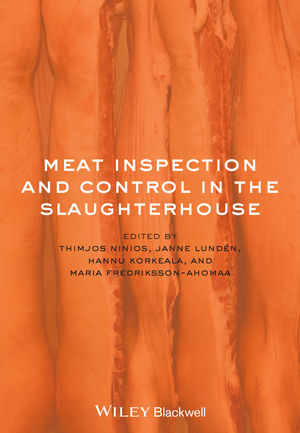“Comparing the U.S. meat inspection system to the days of Upton Sinclair, as The Post did in the March 5 front-page article 'Taking new look at food inspection,' was misleading to readers and an insult to the 8,000 meat and poultry inspectors who are present in 6,400 plants every day,” stated AMI President and CEO J. Patrick Boyle in a letter to the editor published in the Washington Post this weekend.
Boyle noted in his letter that plants where livestock and birds are handled, federal inspectors, many of whom are veterinarians, must be present during every minute of operation, which is in contrast to the article’s claims that they are just “eyeballing.” Instead, they are monitoring compliance with federal Hazard Analysis and Critical Control Point (HACCP) rules, as well as mandatory sanitation rules.
Boyle pointed out that these rules require that plants analyze the risks associated with the products made in each plant and develop plans that concentrate food-safety resources where problems can occur. Microbiological testing is an important, but not the only, part of HACCP programs. Applying interventions at the critical control points help ensure the safety of meat and poultry products.
“The HAACP approach, required since 1998 in the country’s largest plants, has served us well. In the past 10 years, the incidence of harmful bacteria on fresh products, such as ground beef, and on cooked products, such as deli meats, has plummeted. Food-borne illnesses from bacteria commonly associated with meat and poultry have declined similarly. Data suggest that meat and poultry products are safer than at any point in this nation’s history, and this achievement results from much more than simply ‘eyeballing,’” Boyle concluded.
To view the letter, go to www.washingtonpost.com/opinions/keeping-meat-and-poultry-safe/2012/03/06/gIQAvJR81R_story.html. To view the original Post story, go to http://wapo.st/zd2UEL.
Source: AMI




Report Abusive Comment